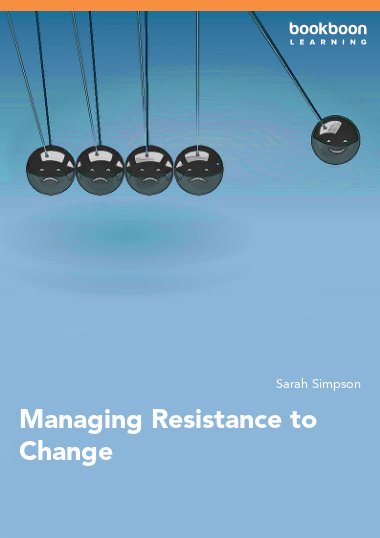Change is inevitable and often appears to be a constant feature of many workplaces. As a result we can often feel like we are living in a constant state of ‘change fatigue’. This book will cover the essential; theory and practical tools, skills and techniques needed to manage resistance to change, in your own unique environment. You will explore, using your own example, four key approaches which I have used numerous times on my own very large and small scale projects, as well as seeing them successfully help others that I have taught.
Remember all change meets resistance… if there is no resistance, there is no change!
About the author
Sarah Simpson MBA, FIntLM, BSc, Dip Man, Cert Man, DCR
Sarah Simpson is a freelance trainer, lecturer, writer and the owner of Dragontooth Training and Consultancy. She is passionate about designing and delivering bespoke courses covering the public, private and third sector. She utilises the latest technology to produce creative and innovative deliveries that are set 'in the real world' that challenge and enable change in working practices.
She draws on extensive public and private sector experience to ensure individuals, teams and organisations gain optimal return on investment and see tangible workplace results.
Her clients include; Universities, The Fire and Rescue Service, The Police Force and County Councils. She has lectured at National and International conferences and has published several peer reviewed papers.

